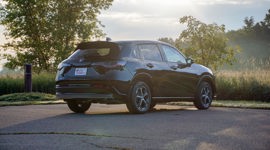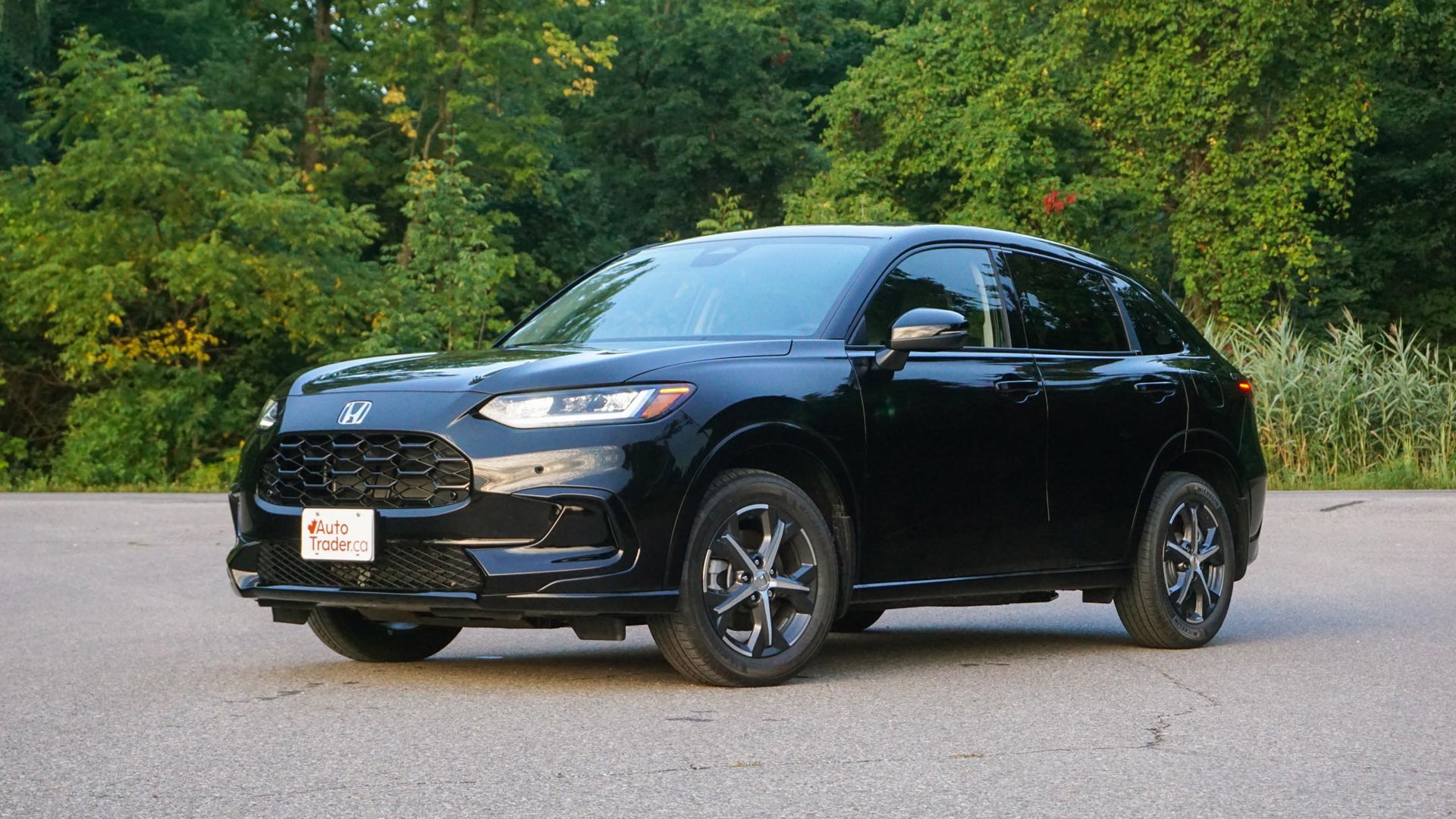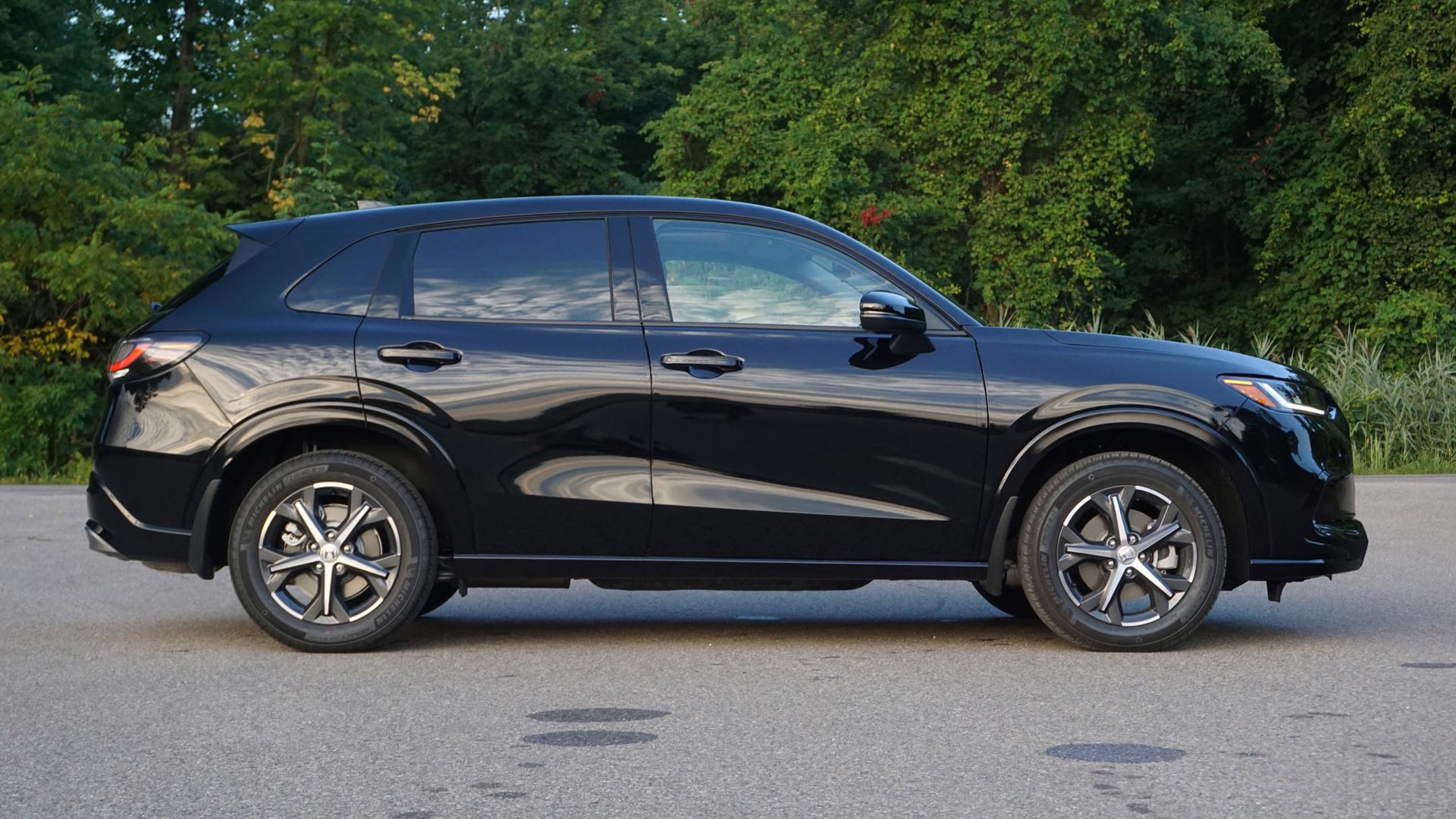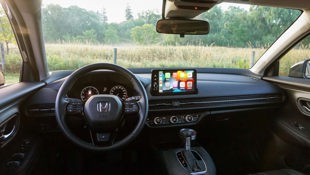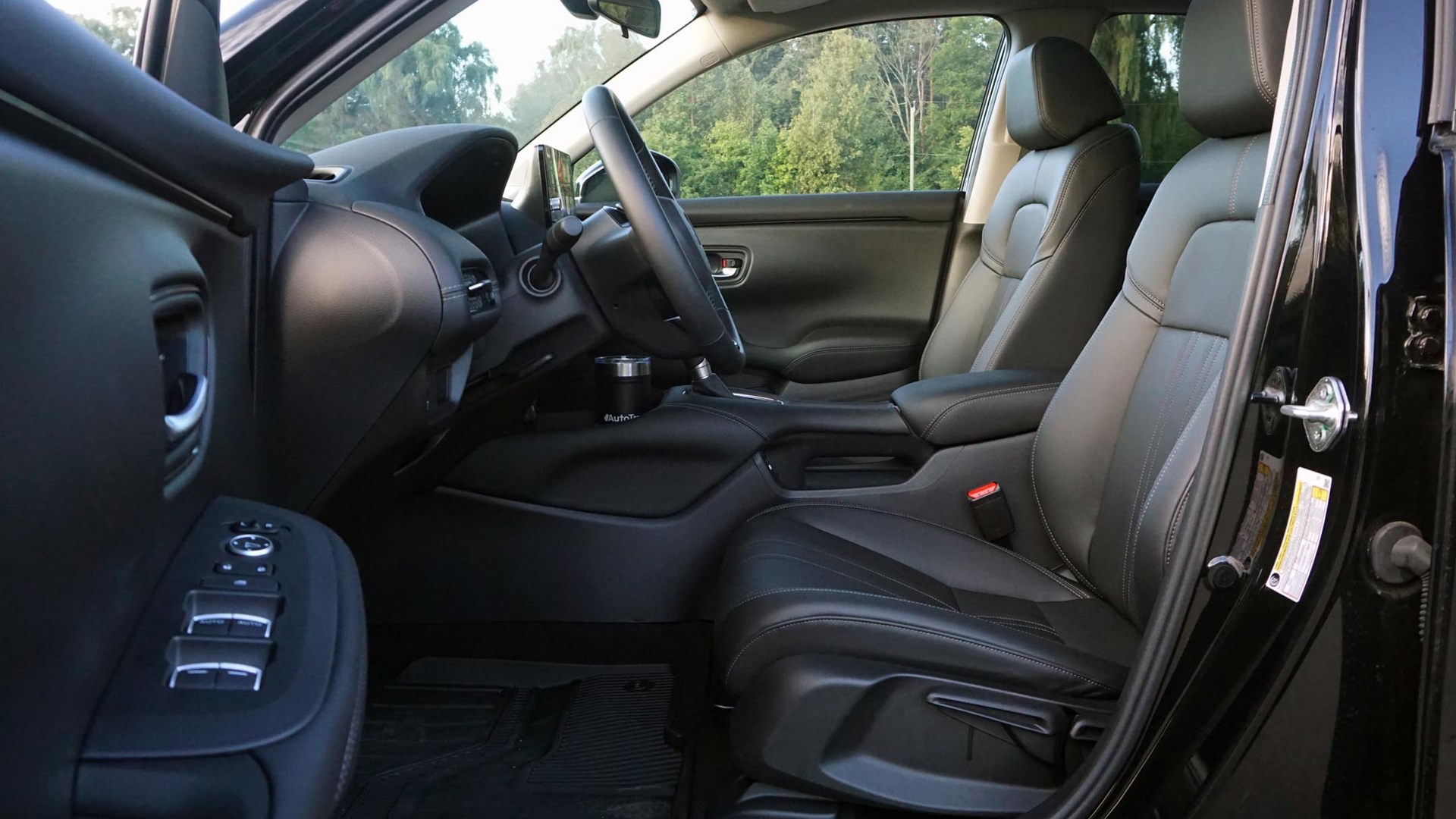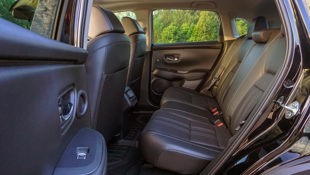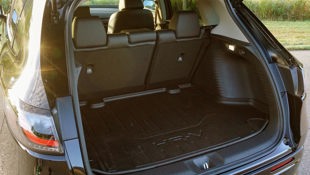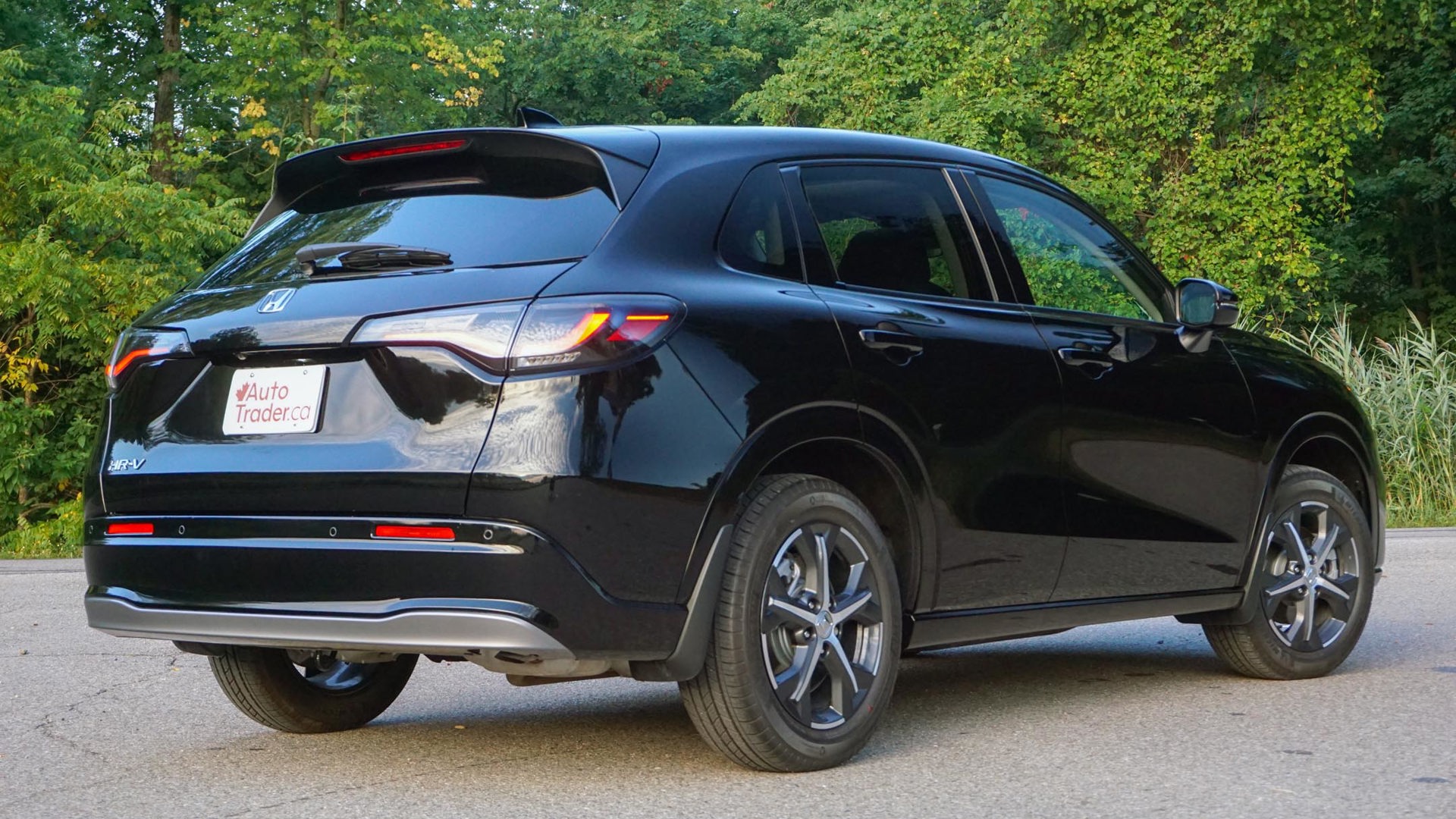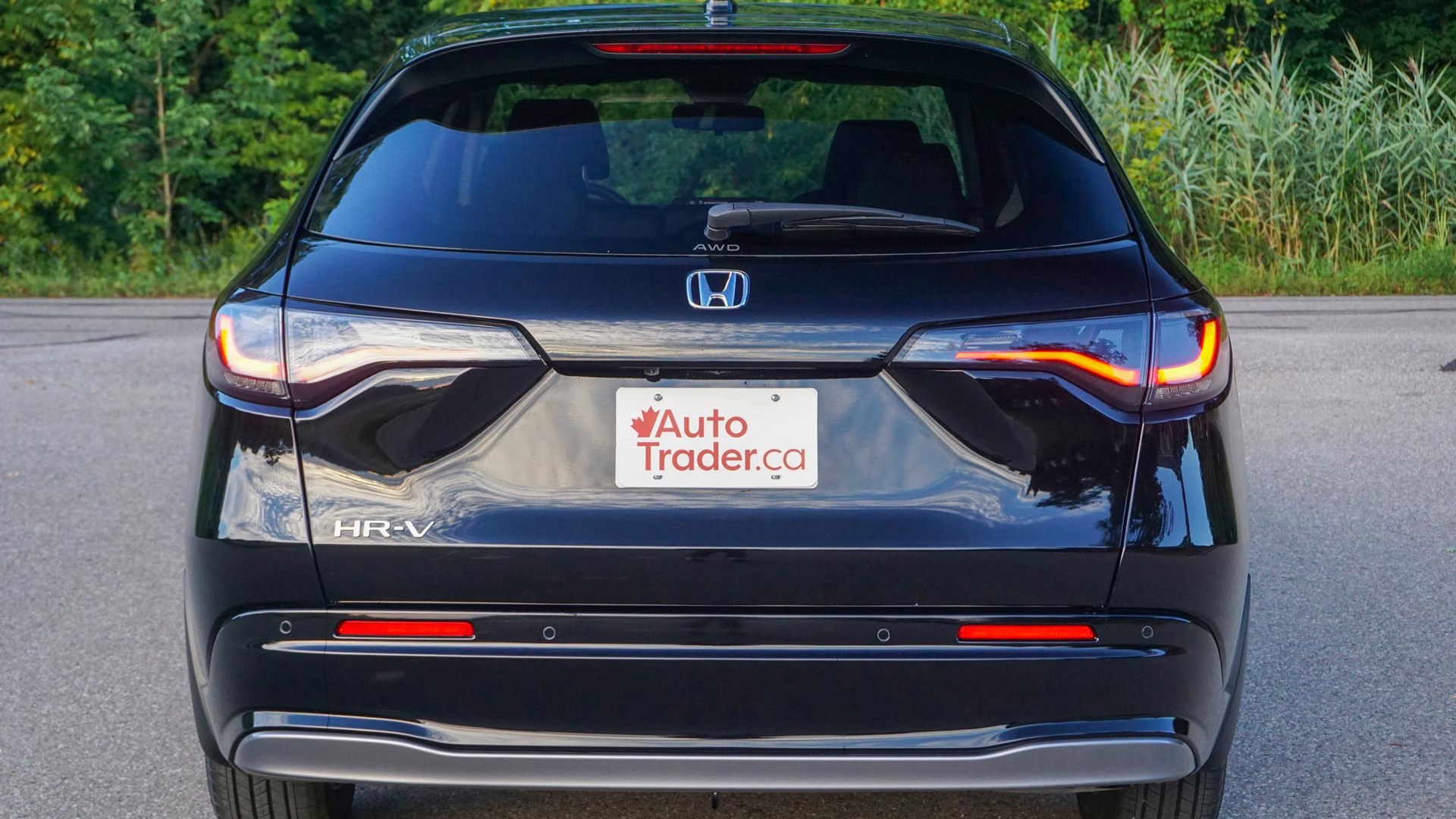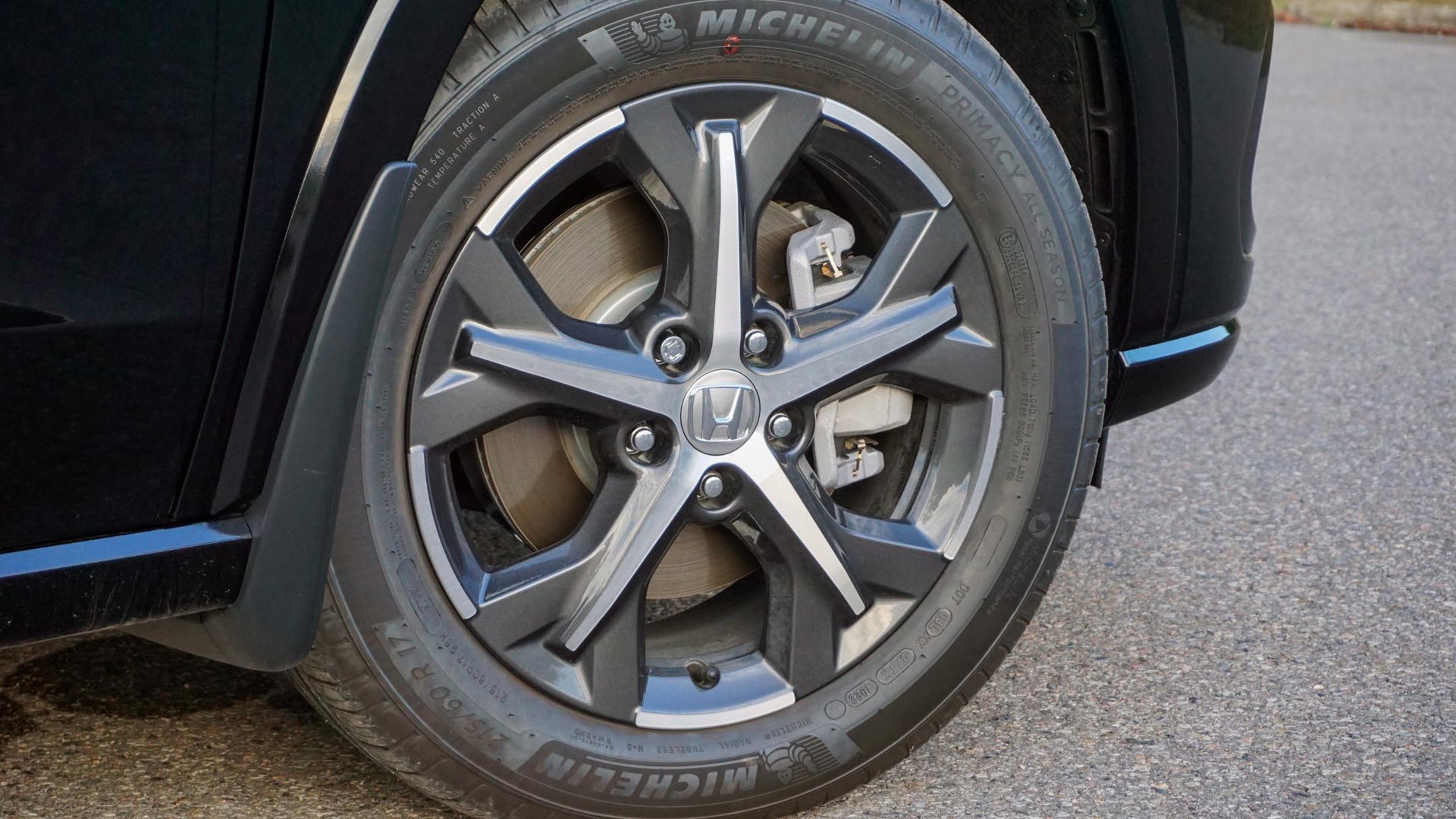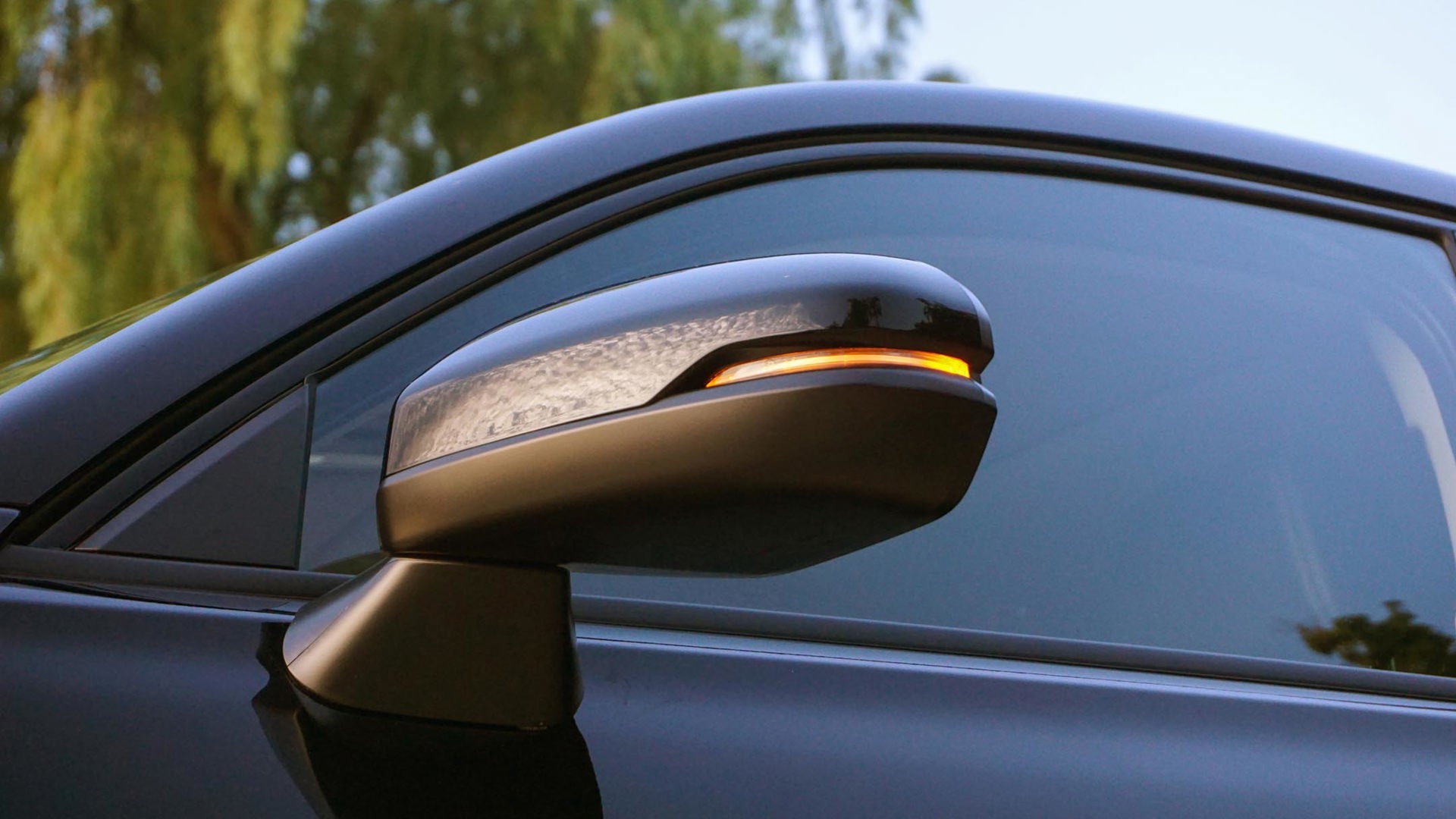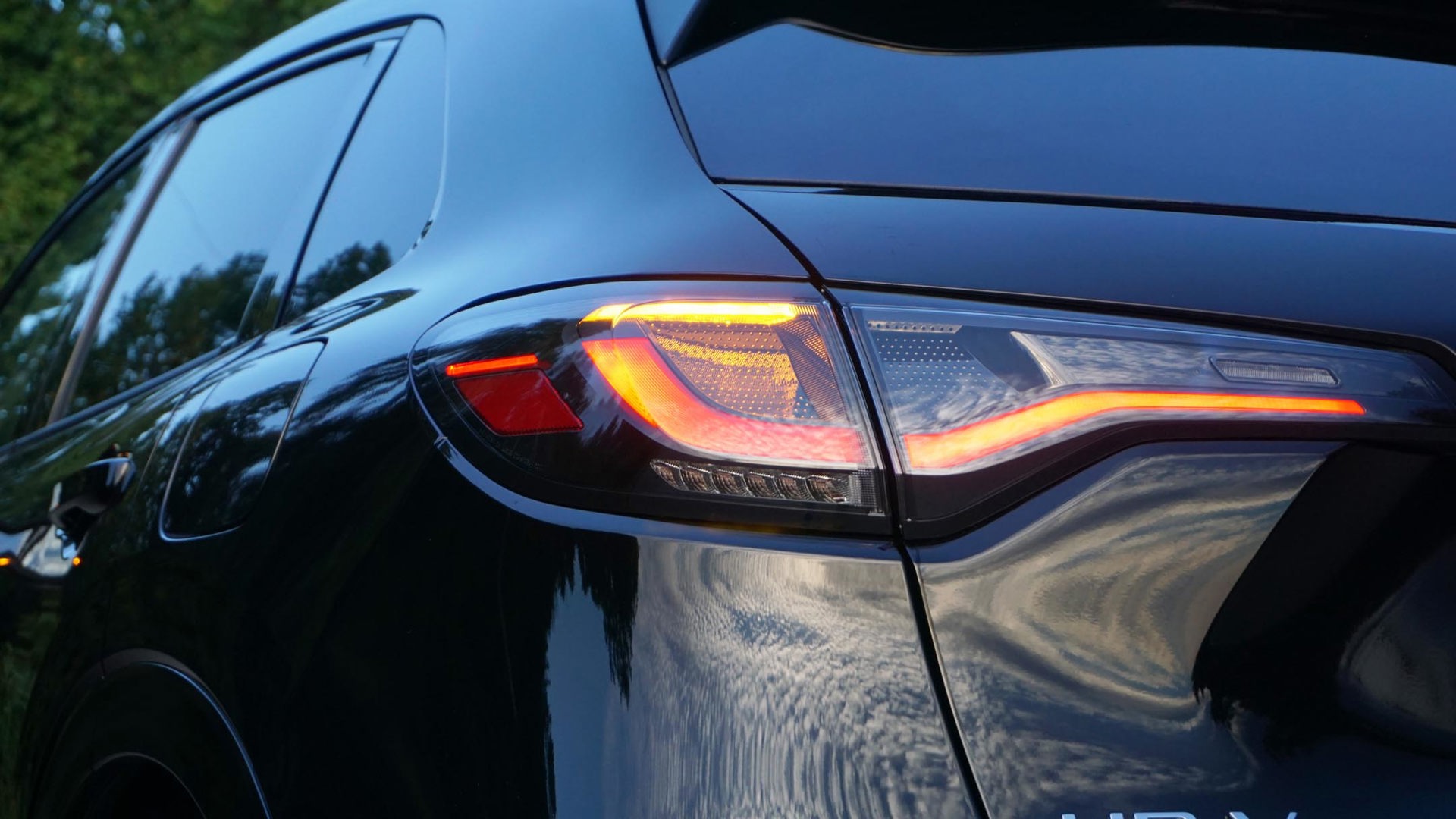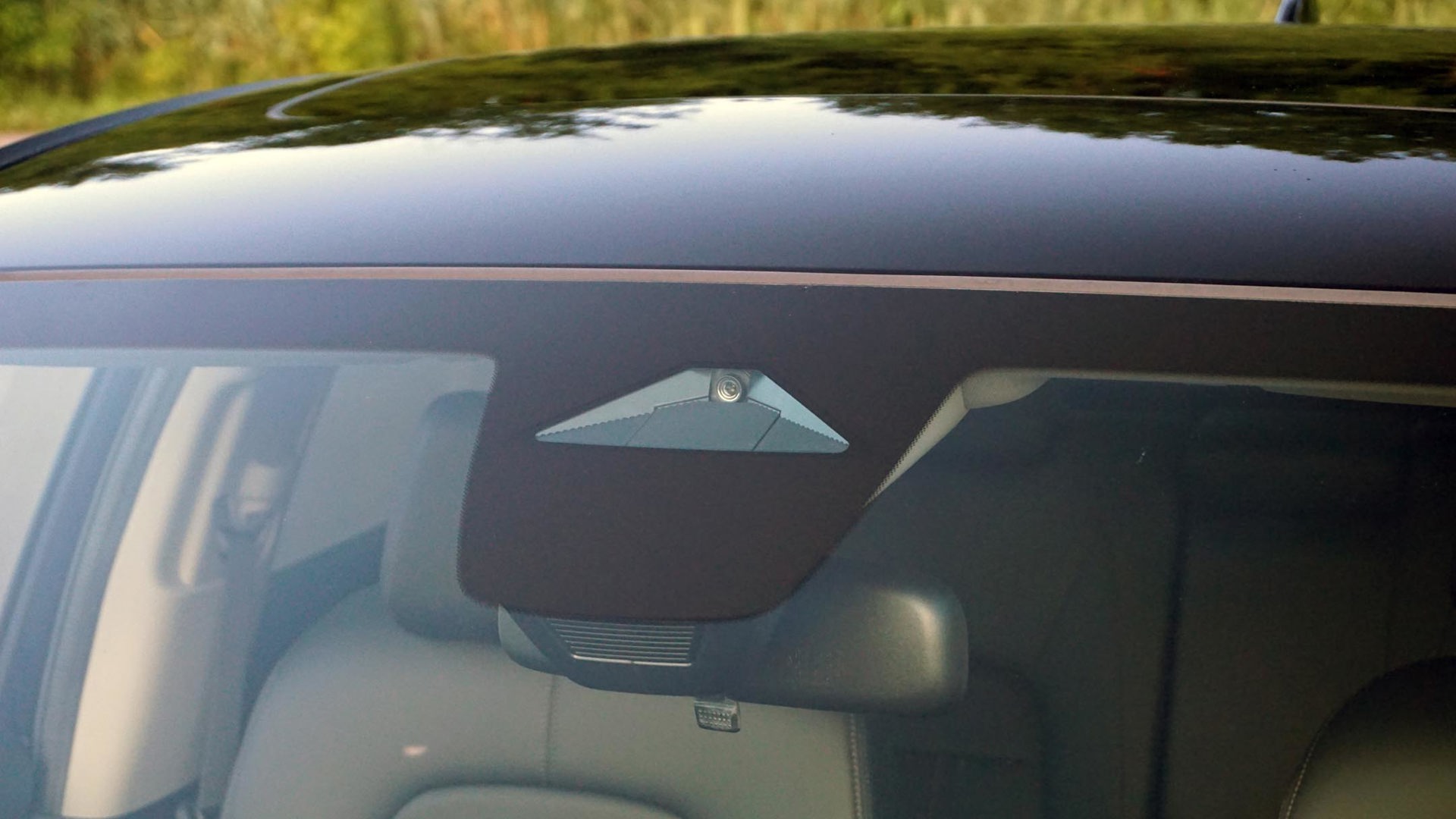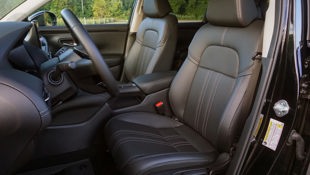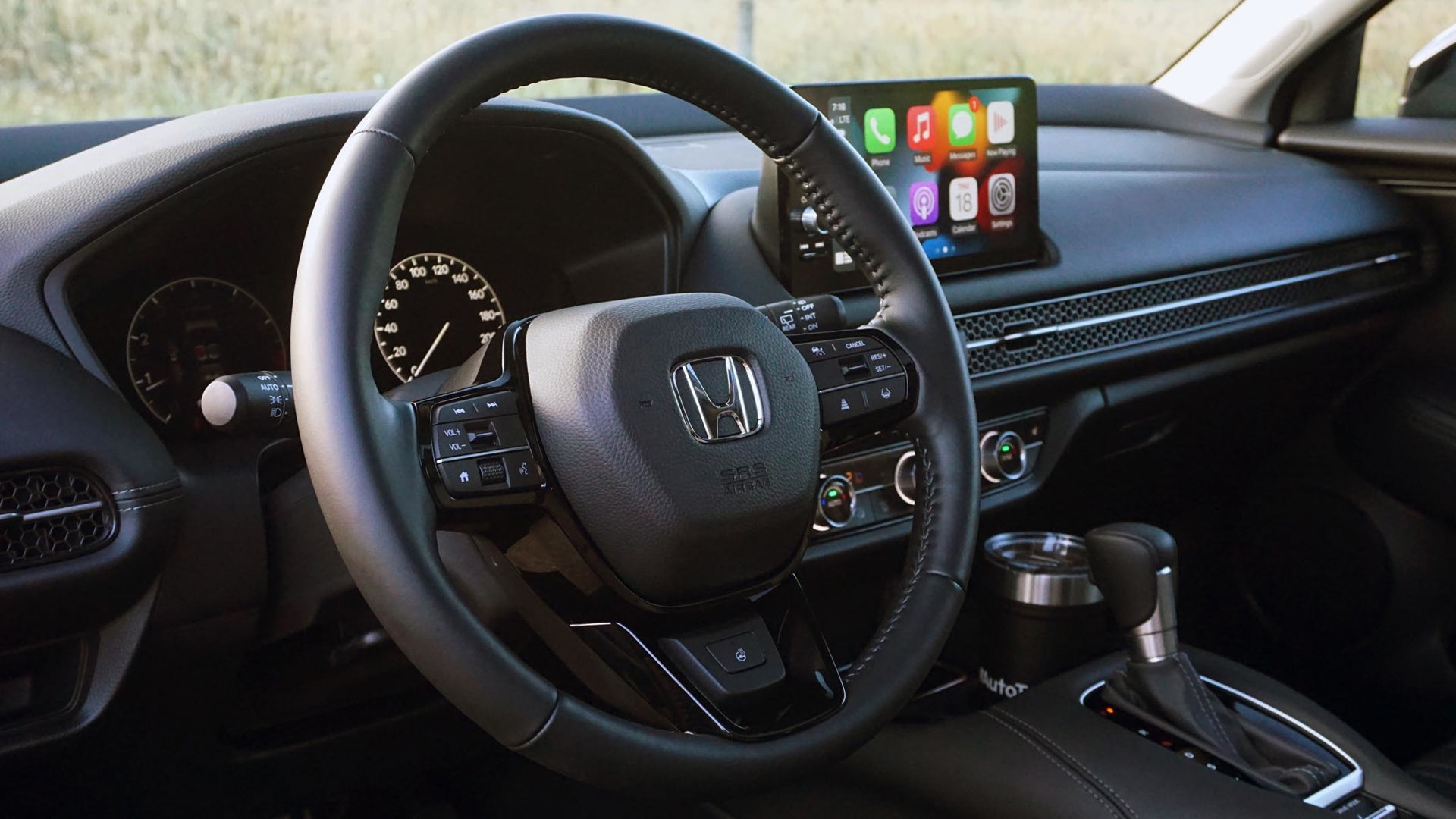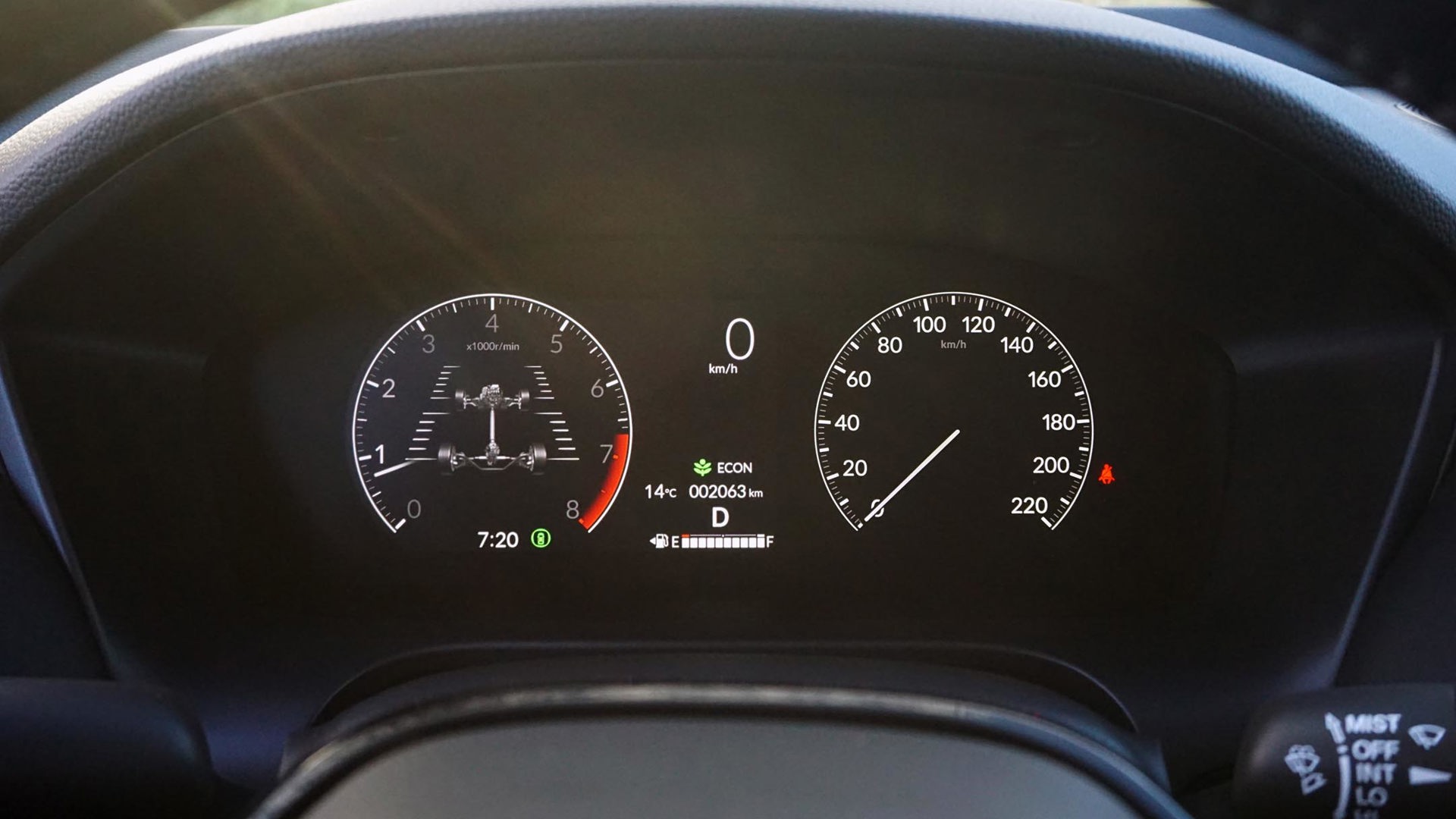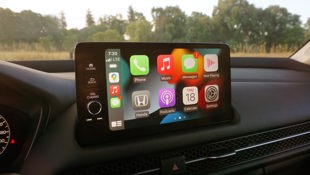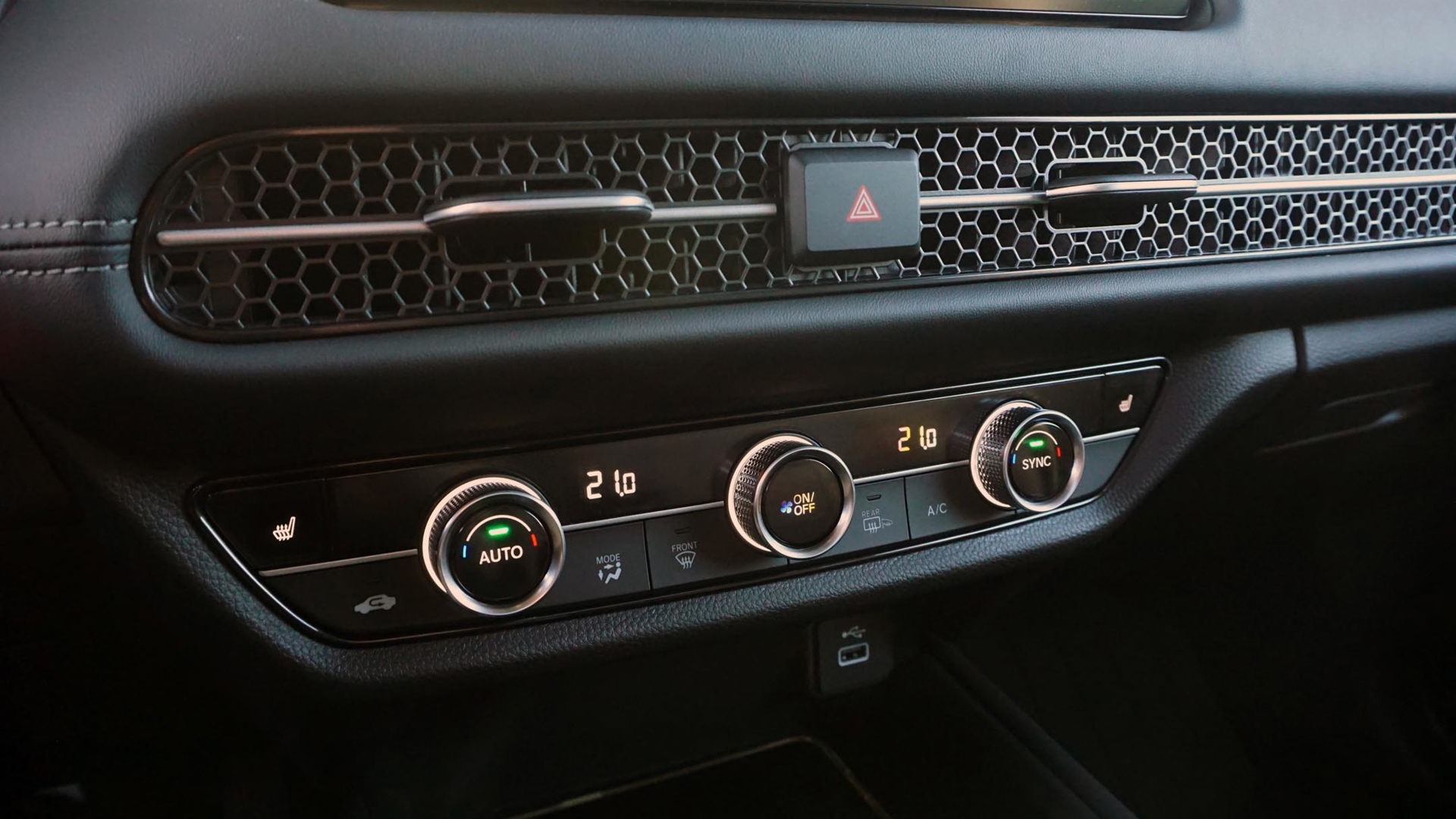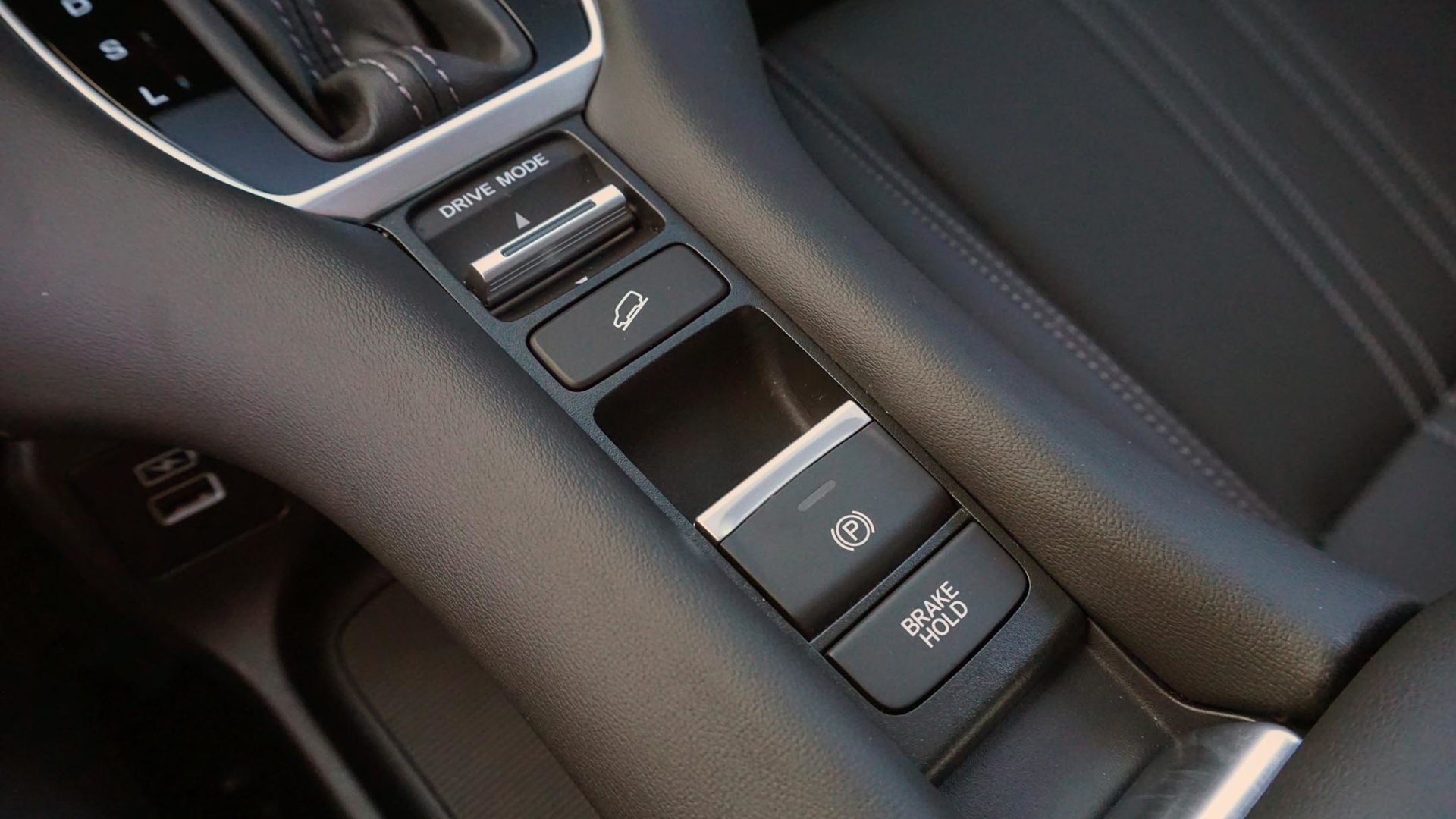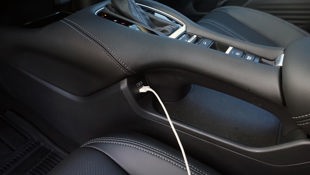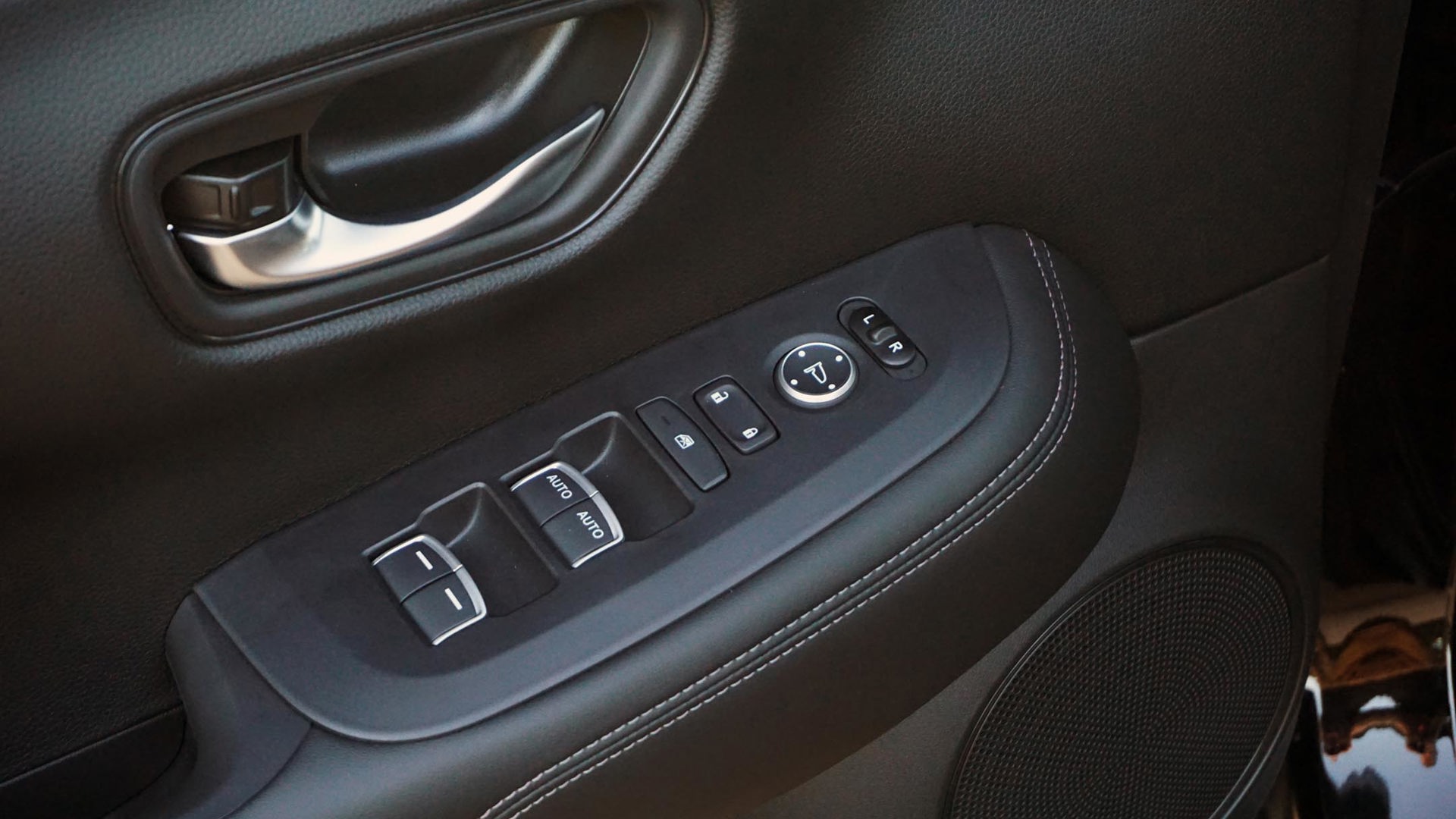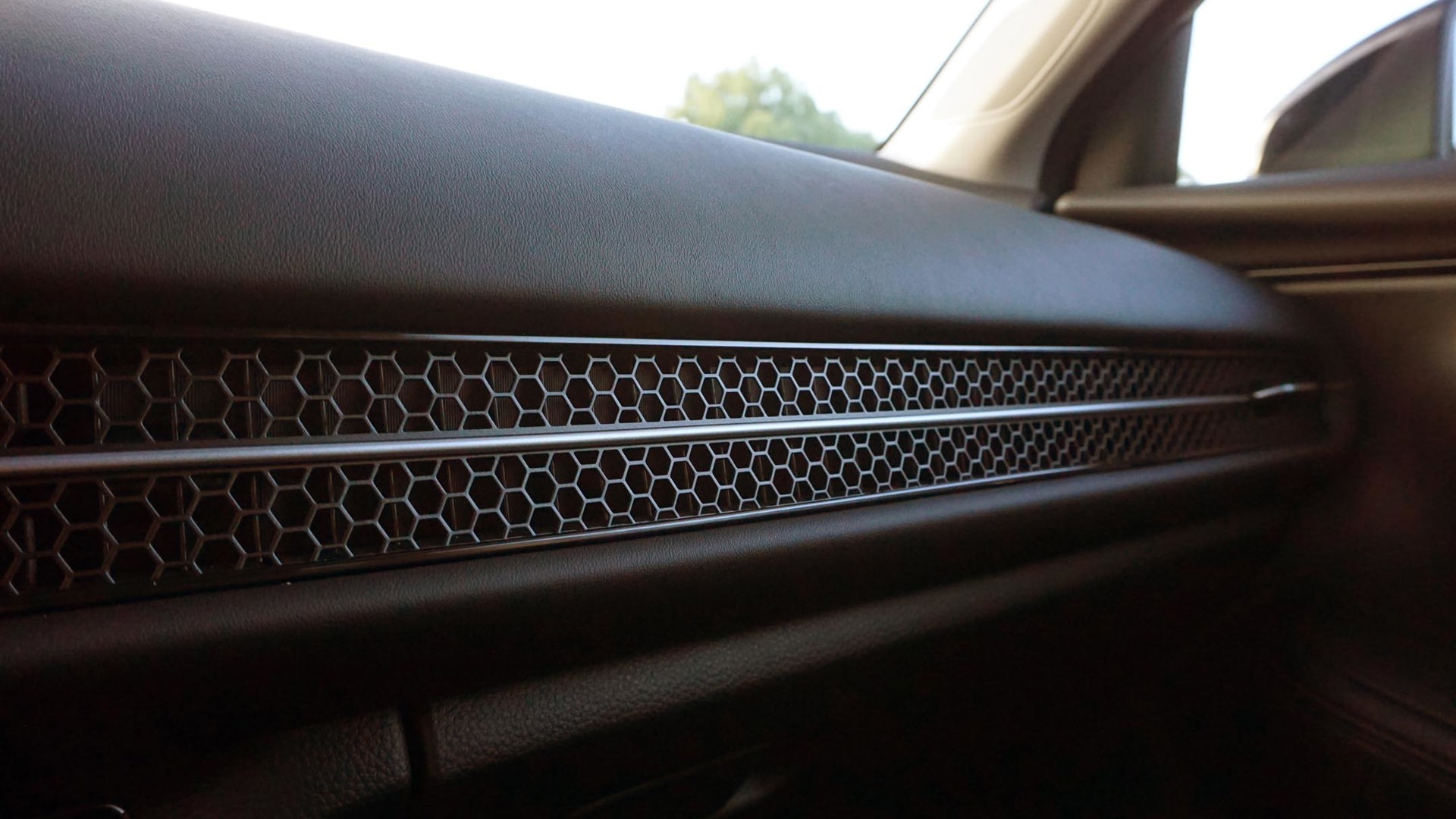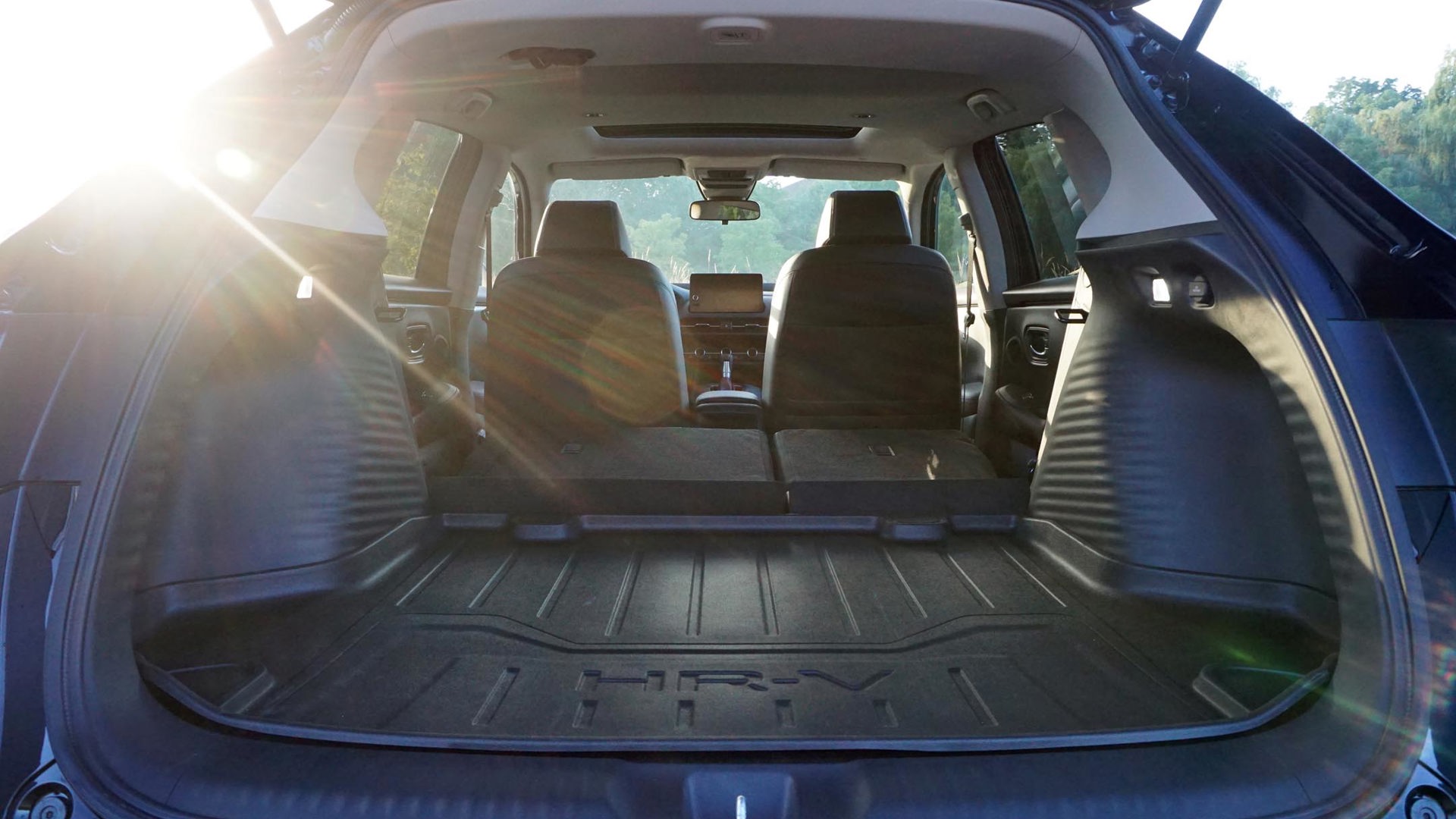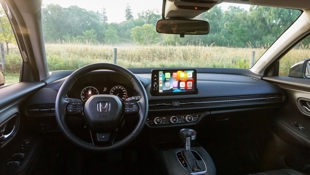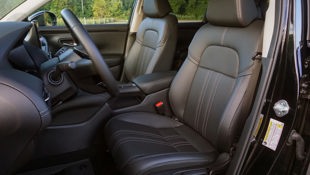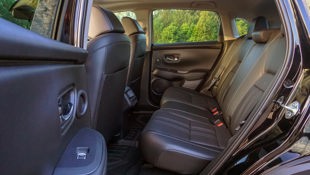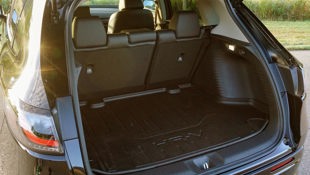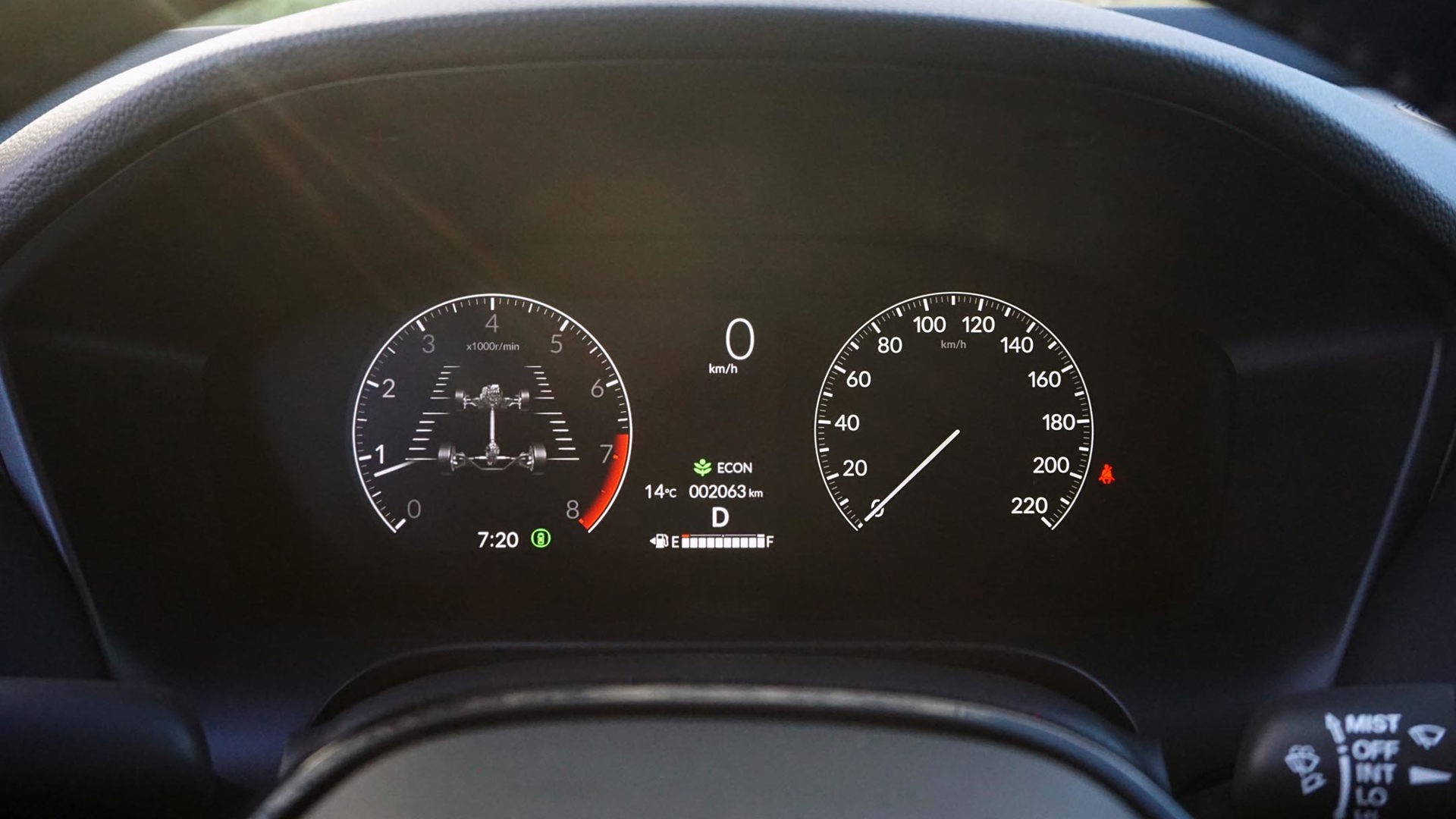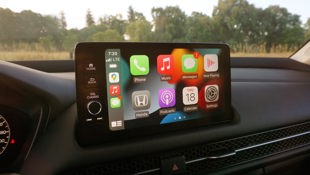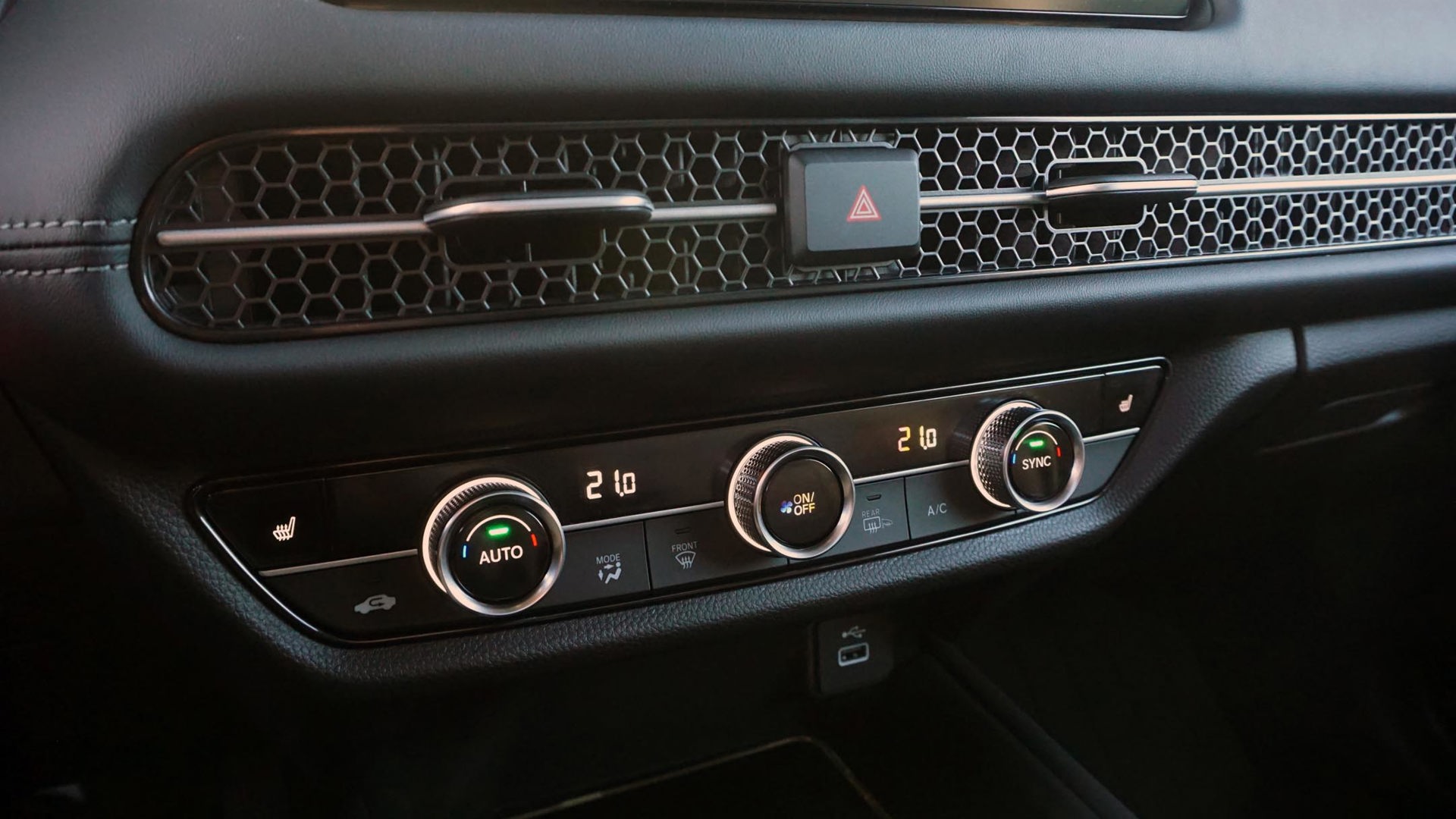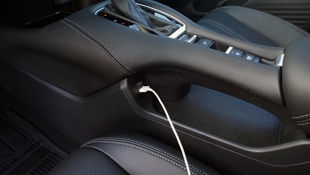The subcompact crossover landscape has changed significantly since the shell-shaped Honda HR-V first showed up on these shores some seven years ago.
For starters, it’s grown from a segment of few to one of many, with just about every brand fielding an offering or two of their own these days. That also makes it diverse, with different powertrains to pick from, as well as unique shapes – some of which make great use of the tidy dimensions that define these little crossovers.
Honda’s entry has always done well with the latter, with more room inside than meets the eye thanks to some handy tricks and a clever configuration. But it’s the former that’s long been a struggle, at least in this part of the world, with an anemic engine hampering an otherwise well-rounded offering. It was also feeling old in a fast-moving segment that’s seen many advances since this subcompact debuted.
The 2023 Honda HR-V changes all of that. Well, almost all. Honda’s still withholding the hybrid version from the North American market; and it ditched the reconfigurable rear seats this time around. But beneath the restyled sheet metal is the finest interior this side of high-priced premium entries, while simple but effective tweaks to the engine and transmission give the HR-V the pep in its step that’s been sorely lacking.
Power: 8/10
The lack of gas-electric efficiency in a crossover like this is a little puzzling. That’s particularly true considering a hybrid-powered HR-V is available in other parts of the world. On the bright side, a 2.0L four-cylinder is nestled under the hood of this new model, with 158 hp and 138 lb-ft of torque. Those numbers aren’t especially impressive – not next to turbocharged entries like the versatile Kia Seltos or the muscular Mazda CX-30 – but the way they’re delivered is vastly improved, with the HR-V feeling nowhere near as dreary as before when accelerating.
Driving Feel: 9/10
The secret – aside from the extra displacement and output, of course – is a tuned continuously-variable transmission (CVT) that provides a punchiness the HR-V has been missing. Make no mistake: it still sounds as if it could wind out endlessly when accelerating with any authority; except it’s no longer a whole lot of racket with little reward, with passing and merging manoeuvres met with a newfound confidence.
The steering offers just enough resistance at anything above parking lot speeds to make this a responsive little machine, while body roll is minimal. It’s not as if the HR-V is playful, per se, but what it has in spades is personality. It feels lively even in eco mode, eschewing the sleepiness of old for something far more engaging.
Fuel Efficiency: 7/10
Not to lament the absence of a hybrid offering too much here, but it would surely elevate the efficiency from just OK to outstanding. As it stands, the combined 8.7 L/100 km an all-wheel-drive example like this tester is rated for is about the same as turbocharged offerings like the Seltos or its Hyundai Kona mechanical twin. Meanwhile, the sizable Volkswagen Taos does even better, as does the tall and upright Toyota Corolla Cross – and there’s a hybrid version on the way, too.
Even so, the 2023 HR-V outperformed expectations during this truncated test, burning a combined 8.4 L/100 km across a total of about 370 km. That’s even more impressive given the nature of the all-wheel drive system that, while not quite full-time, shuffles torque around almost constantly. It’s only when cruising at a constant speed that the rear wheels are decoupled in the name of efficiency, but they’re quick to rejoin proceedings when required.
Practicality: 9/10
The HR-V’s slick rear seats are no more, with a simple 60/40 split that allows them to fold flat for maximum storage. It has, however, bigger than before, with its wheelbase stretching 2,665 mm (104.9 in) compared to 2,610 mm (102.8 in). The result is more rear-seat legroom than before, while the back doors open nearly a full 90 degrees for easier access.
There’s 1,559 L of space with the rear seats folded, while keeping them upright results in 691 L. Both figures are competitive for the segment, although both the Seltos and Taos offer marginally more – not surprising given their shapes. Still, the space is more than respectable.
User-Friendliness: 9/10
The door openings are generous both front and rear, while the HR-V’s car-like ride height makes entering and exiting as comfortable as can be. Outward visibility is good in all directions in spite of its slight stature, with the ability to settle into the driver’s seat while still feeling firmly in command.
The climate controls are satisfyingly simple buttons and dials, while the stuff on the steering wheel is equally easy to understand. Likewise, the infotainment interface is a good one, with a smartphone-like familiarity to the home screen and tile icons for the various apps, plus the top trim tested here features a configurable shortcut bar that can house favourites using a simple drag-and-drop method.
Styling: 8/10
More than being a simple space to navigate, the new cabin is stunning. Borrowed from (or at least inspired by) the recently redesigned Honda Civic, the interior has launched the HR-V to the top of the segment in terms of style, with a strip of honeycomb mesh working wonders here to elevate the space. The dogbone shape of the centre console is equally unique, but it’s functional, too, with a discreet shelf beneath the gear selector hiding a pair of USB charging ports.
The exterior isn’t quite as sleek and stylish, but then it’s an inoffensive look overall. The shape is far more conventional than before, splitting the difference between the old HR-V and more upright offerings like the Seltos, Corolla Cross, and Taos. It’s only the blowfish-like grille that stands out for being a bit bizarre.
Comfort: 7/10
While a little rigid and clunky, particularly over potholes at city speeds, ride quality is about as good as the best in the segment. A little too much road noise makes its way inside from underneath, but it’s mostly pleasant across a variety of surfaces and conditions.
Seat support, however, could be better, with discomfort quick to set in during testing – particularly stemming from the lower cushion on the driver’s side. There were also some quality issues that could well be isolated to this tester, with the entire dashboard panel upon which the touchscreen is affixed moving with minimal effort. The same was true of the centre console, with nothing more than a knee pressing against it causing it to move considerably.
Features: 9/10
That touchscreen spans seven inches in the LX and Sport trims, while it grows to nine inches in the top EX-L Navi tested here. As the name would suggest, built-in navigation is included, as is subscription-based satellite radio and wireless Android Auto and Apple CarPlay connections (both are wired in the LX and Sport).
Heated front seats are included in all three trims, while the steering wheel is also heated in the Sport and EX-L Navi – an HR-V first. Unfortunately, ventilated front seats and heated rear ones aren’t offered here despite the top trims of some competitors offering such amenities. There’s also no power adjustability for either front seat.
Safety: 9/10
Similar to the seat situation, there’s no head-up display or surround-view monitoring in this top trim despite rivals offering these systems, although all the other advanced safety essentials are here – and they’re standard. None of them seemed as sensitive during testing as they have been in past Honda products, so no incessant beeping and flashing in normal traffic conditions, and fairly smooth throttle and brake inputs with adaptive cruise control active.
The full list of features includes forward collision warning with automatic emergency braking, lane departure warning and keeping assistance, automatic high-beam headlights, and blind-spot monitoring with rear cross-traffic alert. Adaptive cruise control is also standard, as is a so-called traffic jam assist function that can provide automated steering inputs at speeds up to about 70 km/h. The driver’s hands must remain on the wheel for the system to work.
Value: 6/10
That decked out safety suite is certainly an advantage for the HR-V, with few in the segment offering quite so many features across their lineups. But then it’s also among the most expensive entries in its class, with a starting price in excess of $30,000.
The $30,680 Honda wants for the cheapest HR-V – that includes a non-negotiable freight charge of $1,950 – is for a front-wheel-drive LX model; the all-wheel-drive version is another $2,300, for a pre-tax total of $32,980. By comparison, the cheapest Toyota Corolla Cross and Kia Seltos trims also forego standard all-wheel drive but start at $26,780 and $25,545, respectively. (Those prices increase to $28,180 and $27,545 with all-wheel drive.)
The same is true throughout their respective lineup, with the fully-loaded Seltos SX Turbo including extras like ventilated front seats, heated rear ones, and a head-up display – none of which is available in this Honda – for $35,545 before tax compared to $41,030 for the top-of-the-line HR-V. The Sport trim that sits in the middle of the lineup might well be the sweet spot, with its price of $35,880 matching that of the most expensive Corolla Cross.
The Verdict
For all the 2023 Honda HR-V includes, it’s hard to ignore what it doesn’t – particularly at the top of the lineup. Forget the flip-up rear seats it used to come with, or the hybrid powertrain that’s offered in other parts of the world; simple comforts like ventilated front and heated rear seats, plus safety extras like a head-up display and surround-view camera system are becoming increasingly common in this segment, even at a lower price point than this. Otherwise, if the new HR-V’s price premium isn’t off-putting, the combination of space, drivability, and interior styling make it an attractive offering in the subcompact segment.

